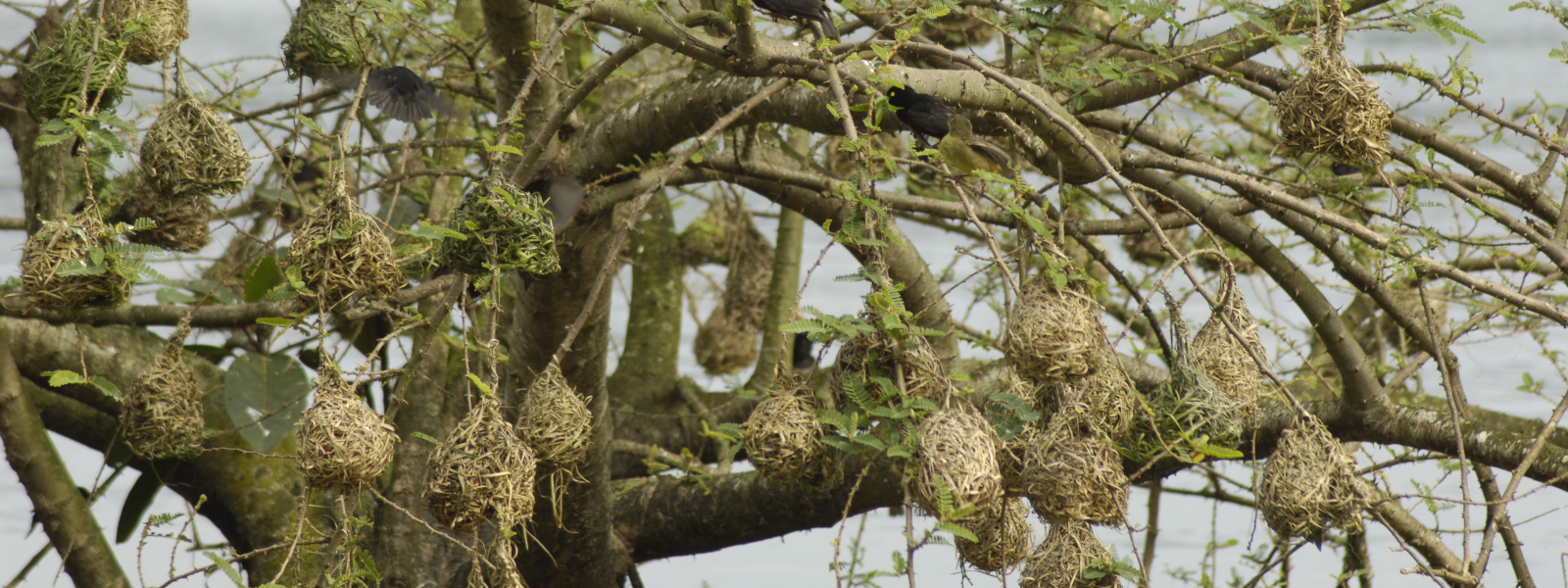info(at)aasafari.com Office at Suye Olorien, Moshono
Arusha Tanzania

Saadani National Park is a one-of-a-kind oasis with a unique environment where beach life collides with the great outdoors. This not only allows you to jump into the Indian Ocean right after your safari, but it also allows you to immerse yourself in a unique display of marine and terrestrial flora and animals in a naturally intriguing setting.
The name Saadani has a strong connection to the 19th-century Arab settlement in the area. The name of a fishing community that used to be known as Utondwe before being renamed Saadani. Saadani has been a significant figure in the country's history for centuries, having been referenced in Portuguese chronicles and by renowned travelers such as Johannes Rebman, El-Masoud, Ptolemy, and Richard Burton, among others. The historical Saadani left us with proof of not just these travelers' visits, but also of a past town that served as a trading hub for abroad and intra-regional bather commerce, including slave trade.
Under Government Notice No. 188, it was designated as a National Park in 2005. After annexing the previous Saadani Game Reserve, Mkwaja Cattle Ranch, Zaraninge Forest Reserve, and Wami River, the Park now spans 1,100 square kilometers.
The Park has an Eastern African coastal climate, with bimodal rainfall ranging from 800 to 1200 mm per year. From March to June, there are long rains, and from October to December, there are brief rains. The driest months are February and July, with highs of up to 29 degrees Celsius. The greatest time to visit is during the dry season, while the Park is beautiful all year.
Tourists visit these places of interest for their inherent or demonstrated natural or cultural value, historical significance, natural or built beauty, and leisure, adventure, and enjoyment.
